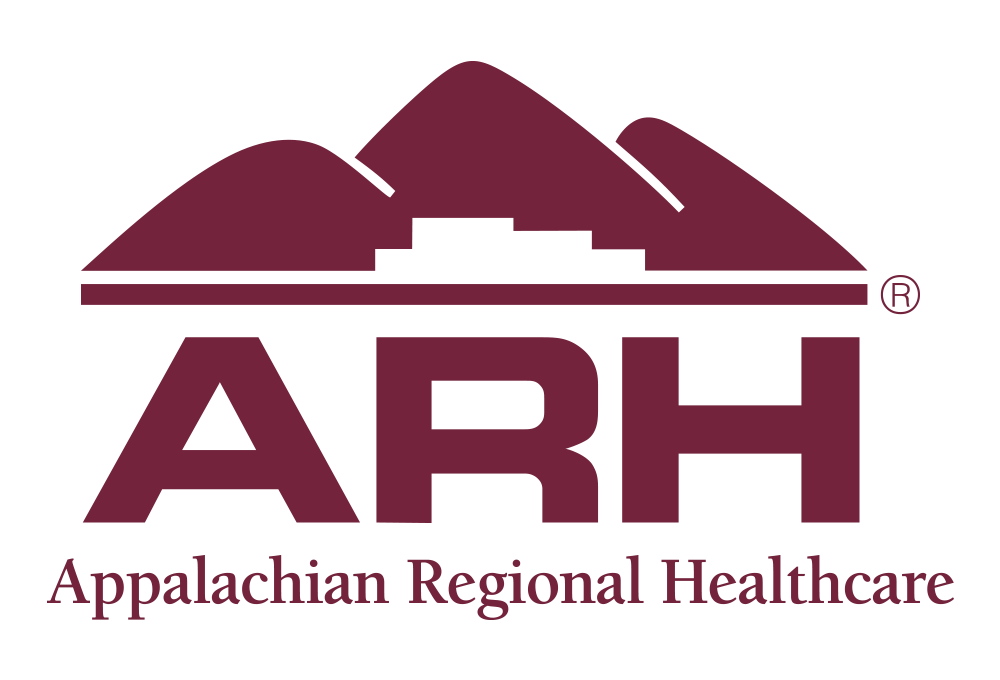General Surgery
General Surgery
The ARH General Surgery team is made up of highly skilled surgeons with specialized knowledge and experience in diagnosis, pre-operative, operative, and post-operative patient care. Our general surgeons perform consultation and surgery for conditions related to the gastrointestinal/digestive tract (esophagus and related organs), the abdomen and its contents (i.e. liver, spleen, gallbladder, and more), the skin and soft tissue, including breasts, the endocrine system, colon, rectum, and more. When you choose ARH for your general surgery needs, you’re choosing excellence, compassion, and a commitment to your health. Your health is in capable hands at Appalachia Regional Healthcare. Trust us to be your partner on the path to a healthier, happier you! Contact us today to schedule a consultation or find a location near you.
WHAT WE TREAT
- Acid Reflux (GERD) Surgery
- Appendix Surgery
- Breast surgery including mastectomy and lumpectomy
- Colonoscopy
- Colon, Rectal, Anal Surgery
- Endoscopic Retrograde Cholangiopancreatography (ERCP)
- Esophagogastroduodenoscopy (EGD)
- Hemorrhoid Surgery
- Hernia Repair
- Skin lesions, lumps, bumps
- Thyroid Surgery
- Spleen Surgery
- Wound Surgery
ROBOTIC SURGERY
At Appalachia Regional Healthcare, your well-being is our top priority. We combine cutting-edge surgical techniques, such as using a robotic-assisted system, known as the Da Vinci Robot to ensure your experience is as comfortable and stress-free as possible.
Robotic surgery is a form of minimally invasive surgery that combines advanced technology and surgical expertise. During robotic surgery, the surgeon controls a robotic system from a console near the operating table. The system consists of several robotic arms equipped with small surgical instruments, as well as a high-definition 3D camera.
Improved Technology for Physicians, Better Outcomes for Patients
In 2000, the da Vinci Surgical System became the first robotic surgical platform commercially available in the United States to be cleared by the FDA for use in general laparoscopic surgery.
More than 775,000 patients worldwide have had a da Vinci procedure. Da Vinci procedures are performed for a wide range of conditions in specialties including cardiac, urologic, gynecologic, and general surgery.
The da Vinci System is a remarkable improvement over conventional laparoscopy. With conventional laparoscopy, the surgeon must look away from the instruments to a nearby video monitor to see an image of the target anatomy and use instruments that do not bend or rotate. In contrast, the da Vinci System’s ergonomic design allows the surgeon to operate from a comfortable, seated position at the console, with eyes and hands positioned in line with the instruments. To move the instruments or to reposition the camera, the surgeon simply moves his/her hands.
By providing surgeons with superior vision, enhanced hand mobility, and greater precision, the da Vinci Surgical System makes it possible for more surgeons to perform minimally invasive procedures involving complex and delicate dissection or reconstruction.
BENEFITS
The da Vinci System has been successfully used in tens of thousands of procedures. Its safety and efficacy are documented in clinical publications and the literature supporting its use is extensive. A few of the patient benefits include:
- More precise surgery. Often, your surgeon needs to operate near healthy, sensitive organs, tissues and nerves. The goal of surgery is to remove the abnormality without affecting surrounding healthy structures. The small size and flexibility of the robotic instruments makes this easier to accomplish.
- Significantly less pain.
- Less risk of infection and blood loss. Your surgeon makes tiny incisions rather than large ones, lowering the risk of infection or blood loss.
- Earlier discharge from the hospital. Generally, patients can go home earlier following robotic surgery, sometimes even the next day.
- Less scarring and shorter recovery. The smaller incisions also mean that your recovery period is shorter. Sometimes, recovery may last just a few days.
- In many cases, better clinical outcomes.


